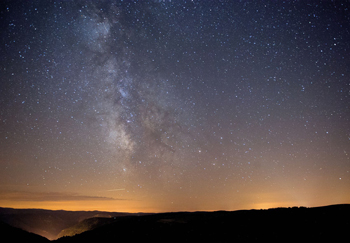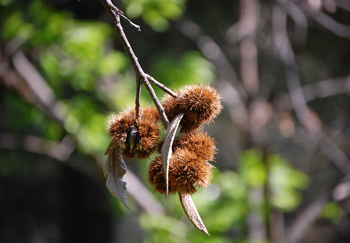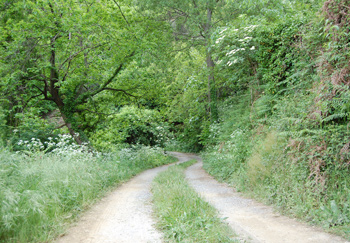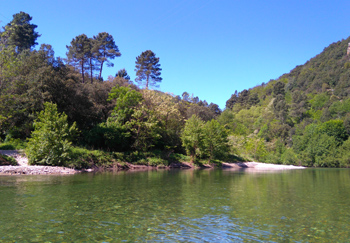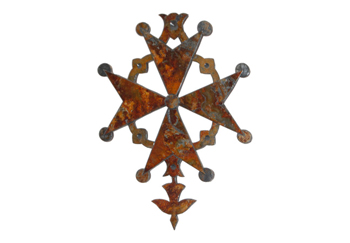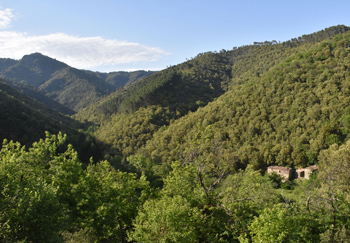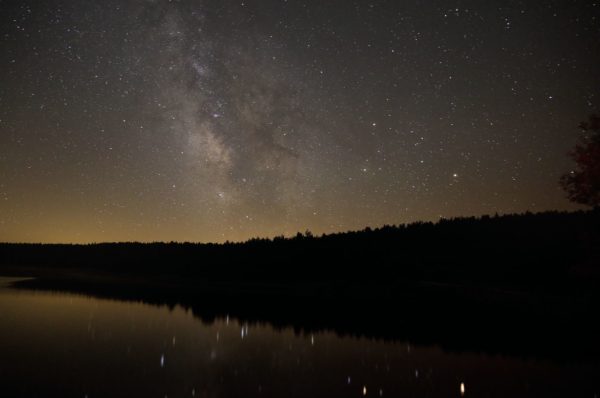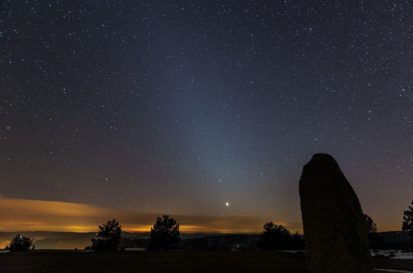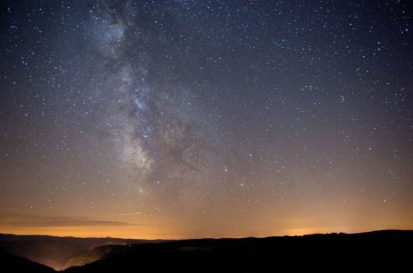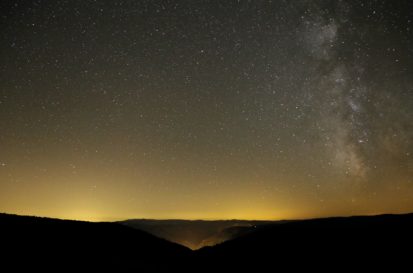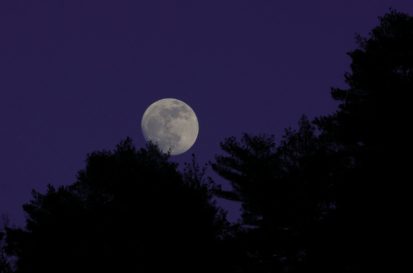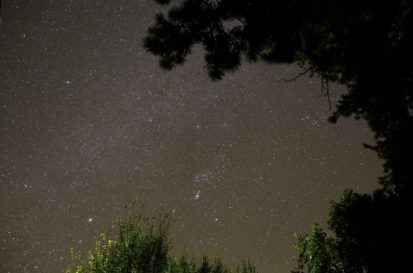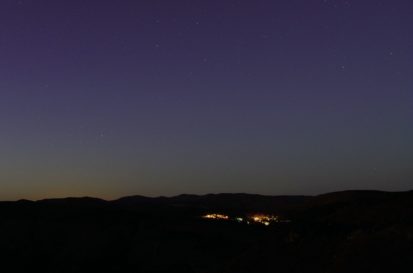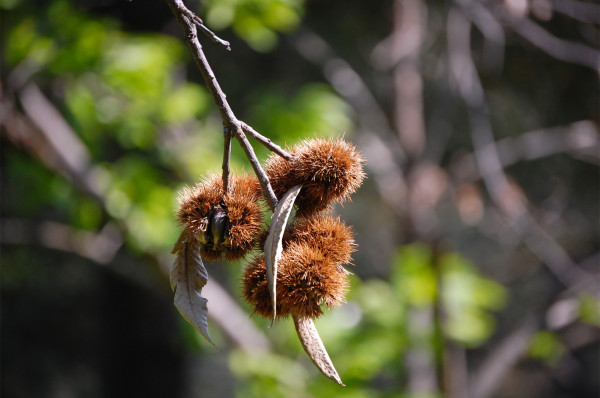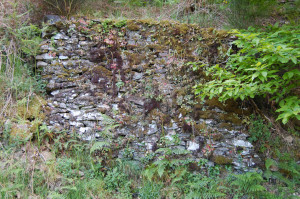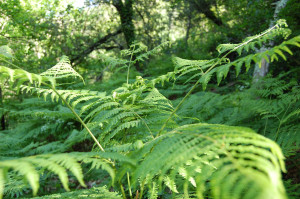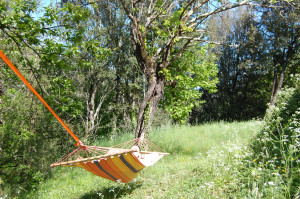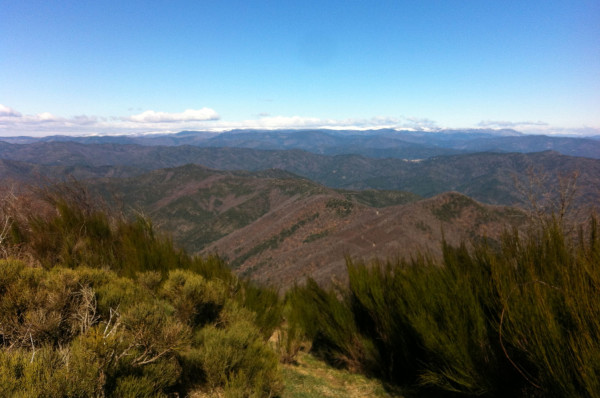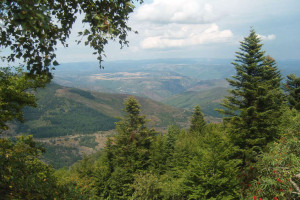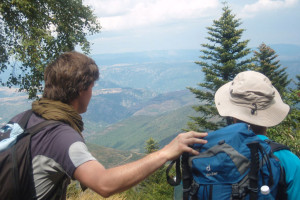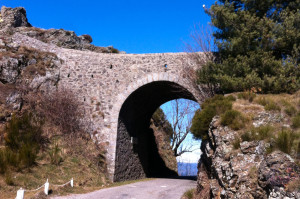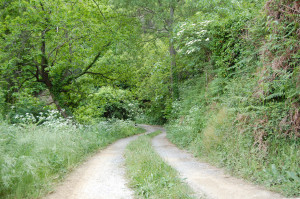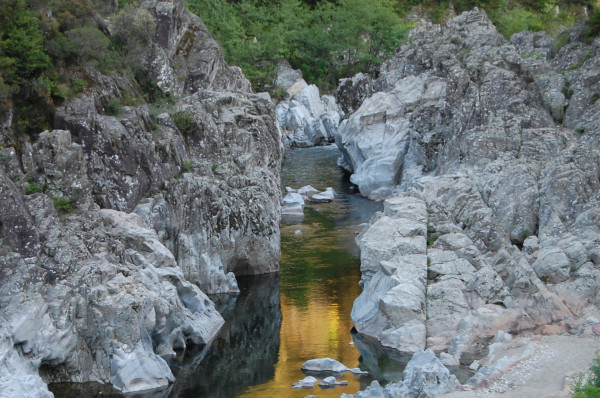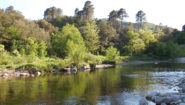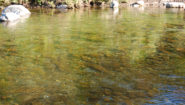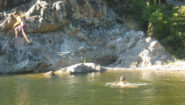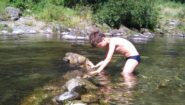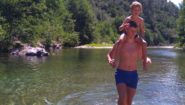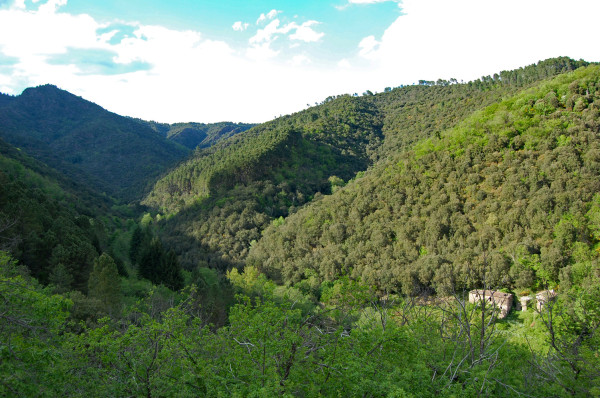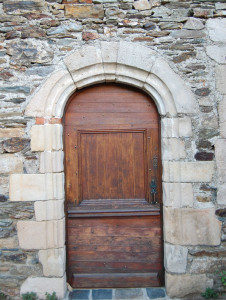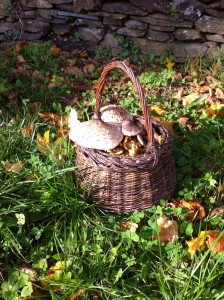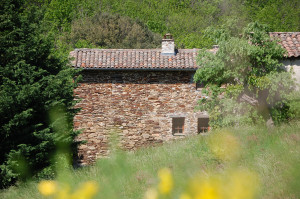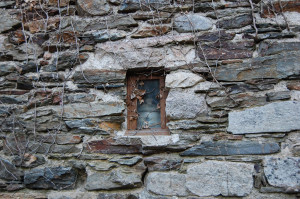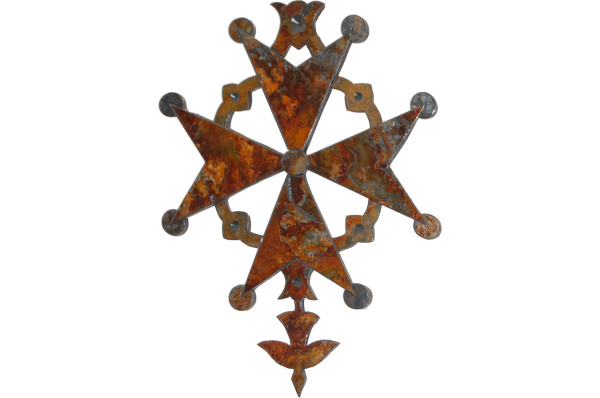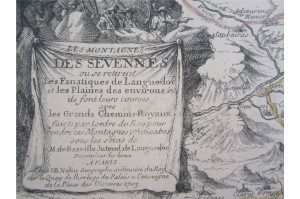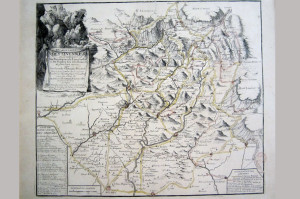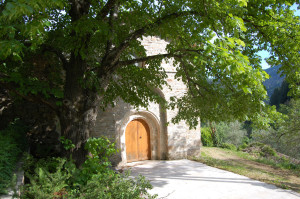You’re here, and you’ve already misplaced the car keys? No worries.
Close to La Peyrarié, you’ll be able to enjoy the Cévennes in every possible way: everything is within your reach.
You can recharge, refresh, walk, observe, listen, meet … you breathe, you choose!
Gazing at the stars, feel absolute wonder…
The experience of night is total, and complete. In the Cévennes, nights are dark, and the starry sky is of a rare purity: so rare that the Cévennes National Park has become an IDSR – International Dark Sky Reserve – a label awarded to only a dozen sites worldwide.
Admiring a sky full of stars is an extraordinary and singular experience that you can enjoy at La Peyrarié.
Whether you are a budding or seasoned astronomer, relax and contemplate the Milky Way.
Admire the twinkling of thousands of stars … and become aware of our mysterious connection to the universe.
Why not settle down on the terrace below the swimming pool? I asked my favourite mason to make benches specially adapted for observing the stars, so that you can spend the night comfortably.

The chestnut grove is your space: enjoy, gather, roam…
In summer, enjoy the shade of the chestnut trees in the hammock hanging between the last two mulberry trees.
In autumn, gather chestnuts for roasting… If you are really passionate, start making purée! I’ll give you my secret recipe.
Roam endlessly in the chestnut grove to explore the restored area, or the space returned to the wild; chestnut trees stand next to oak, walnut, hackberry and cherry.
Discover the different uses of the chestnut tree…
For centuries the chestnut grove provided the peasants with their staple food, firewood and timber.
Nowadays, the chestnut grove has furnished the gîte with its roof timbers and decorative elements; and it supplies as much wood as we want for the fireplace and pizza oven.
On foot, everyone has their own way of walking, their own distance to cover, their own rhythm. Stroll, walk, or hike: you choose.
From La Peyrarié, paths lead you to the Col Saint-Pierre pass: there you will cross the trail taken by Stevenson for his Travels with a Donkey in the Cévennes.
Walking through the other hamlets of Peyrolles, you’ll end up by the Gardon where you can enjoy the swimming spots at L’Arénas or Les Conques.
On a mountain bike, electrically assisted or not, you can set off to conquer the ridge paths.
You can explore without limits the routes that criss-cross the Cévennes National Park, from intimate valleys to bluish peaks.
Or let yourself be guided by my associates in the valley, on foot or by mountain bike, on itineraries that are off the beaten track.
Enjoy the cool waters of the Gardon in many ways.
The Gardon is nearby: 20 minutes downhill on foot.
Jump into the water holes or swim in a long corridor between the rocks.
Rest on a small sand and pebble beach appreciated by beavers, herons and crayfish.
Fish in the Gardon, a Category 1 river whose purity is attested by the presence of crayfish and wild brown trout.
And for the intrepid: practise white water sports in the gorges of the Gardon!
“Sentiers Vagabonds”, our associates, guide you in the water, down the Cévennes rivers. Natural slides, waterfalls, small jumps… Enjoy the excitement and discover the natural environment of the Cévennes led by canyoning professionals.
A wild environment where exploration rhymes with emotion...
Alone in the world at last! Or are you?
During your walks, you’ll discover that the Cévennes are very much a constructed landscape.
Dry stone walls and the lines of old terraces are still visible. They are the traces of the work of these valleys’ inhabitants to build meadows and fields around their houses, and transform their mountains into orchards.
Mas (isolated farmhouses), clèdes (huts for drying chestnuts), and sheepfolds: the sheer number of buildings, which are difficult to spot in the summer through the thick foliage, also indicates the population density of these valleys until the early 20th century.
And many of the houses are still occupied, especially in the summer. If you think you are alone in the world at last, go out at nightfall: you will spot the inhabited buildings…
Discover the Camisard valley via its history with Julien, an associate from “Soléaire”.
Julien will take you for a walk between hamlets and river banks, an outing awarded the “Esprit Parc National” label. This will introduce you to the architecture of the old Protestant farmhouses. These atypical places of refuge and work will enable you to understand how the Cévenol valleys have shaped the history of France.
At La Peyrarié, you are in fact on a significant site from the tumultuous history of Protestantism.
In 1689, five years after the Revocation of the [Tolerance] Edict of Nantes, the parish priest of Peyrolles was murdered, by Rieu brook, just under the house. The Camisards set fire to the church.
By order of the king, Peyrolles was one of the first Cévennes villages to be systematically burnt and demolished.
Whether you are yourself a descendant of the Camisards or simply interested in their epic struggle, you can trace their history.
After the Revocation of the Edict of Nantes, many Protestants from the Languedoc region left for countries that provided refuge: Switzerland, Germany and Holland.
At the Col de l’Exil pass, you’ll cross their paths.
Above Mialet, do visit the Musée du Désert. This museum, located in a typical Cévenol hamlet is the birthplace of the Camisard leader Rolland, and brings the Huguenot past to life.

